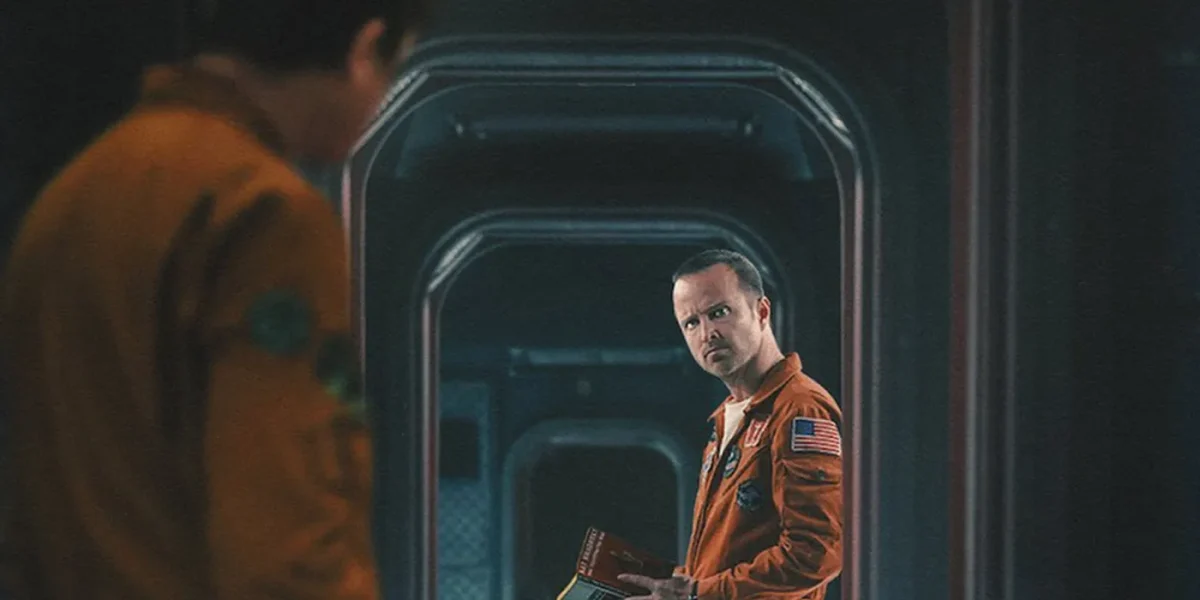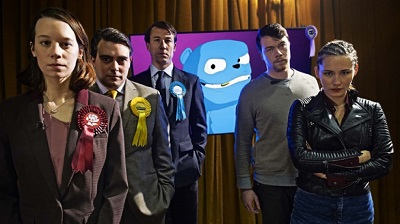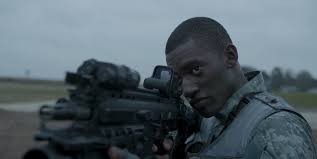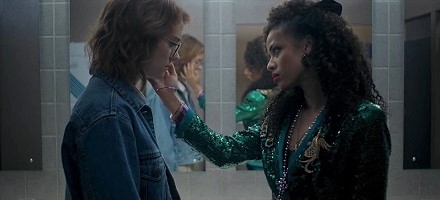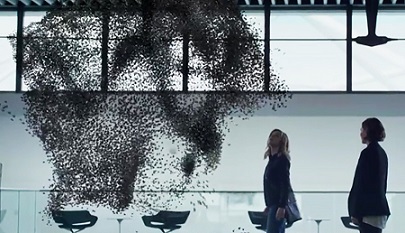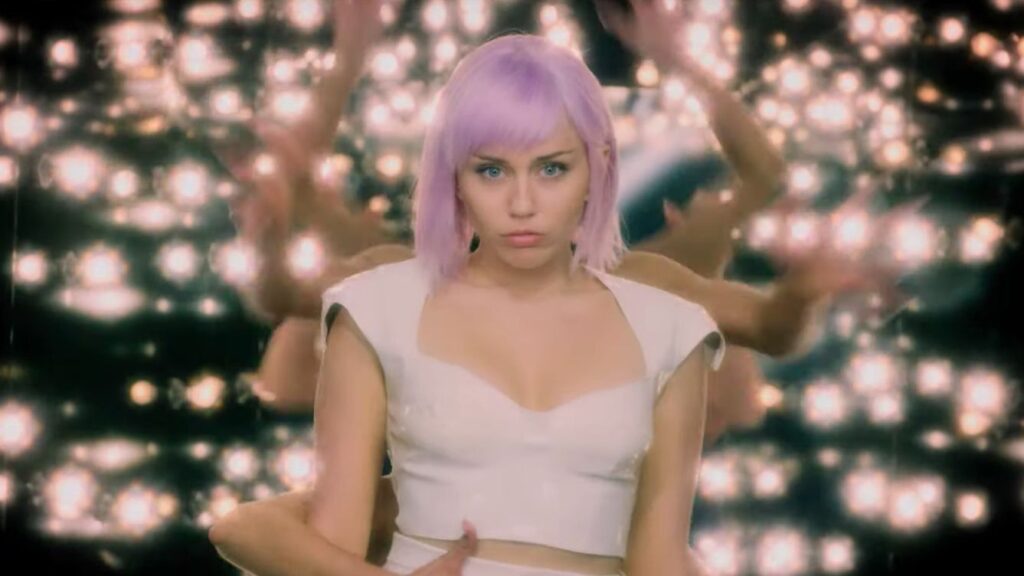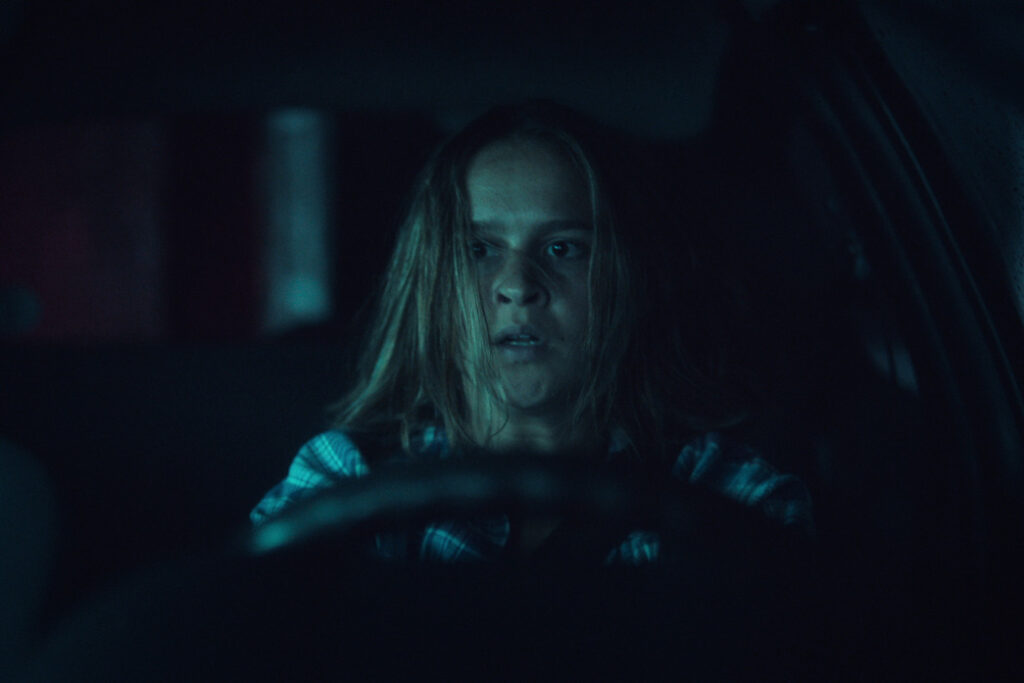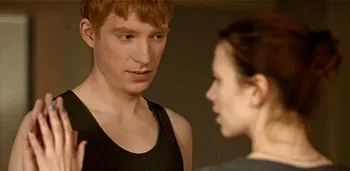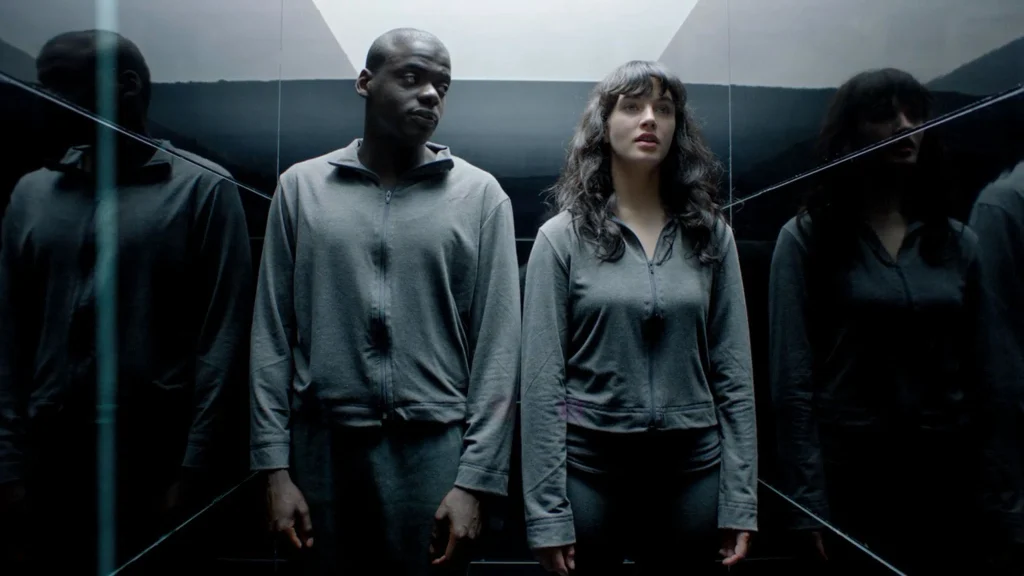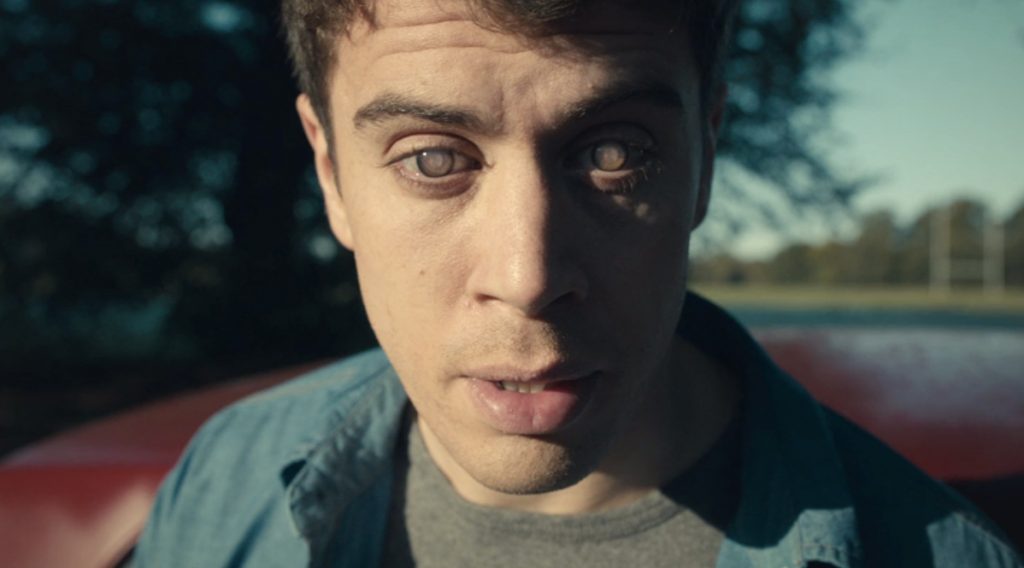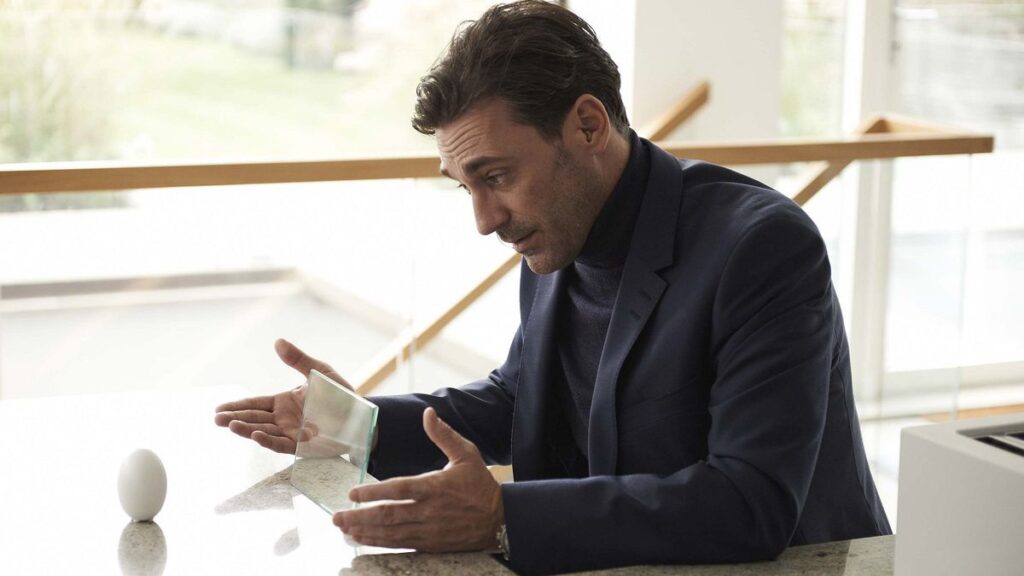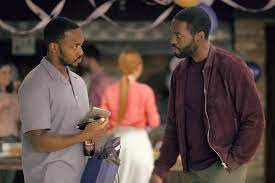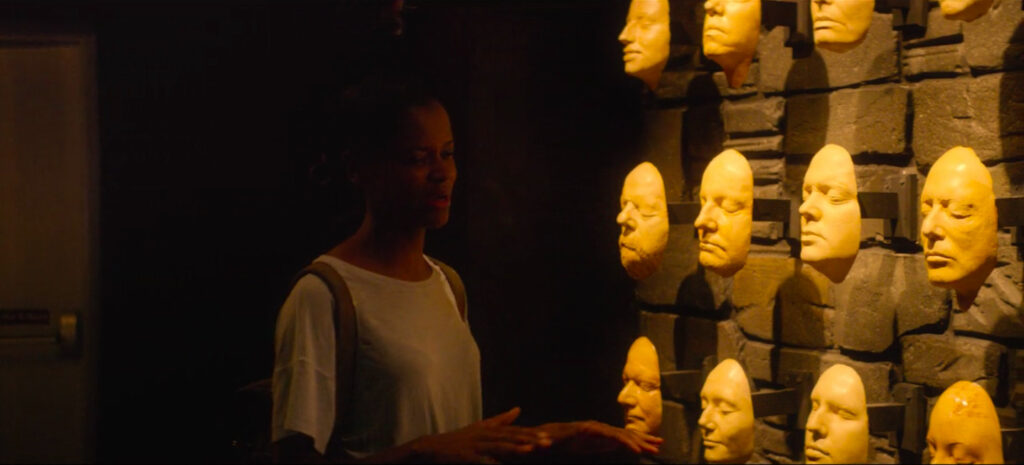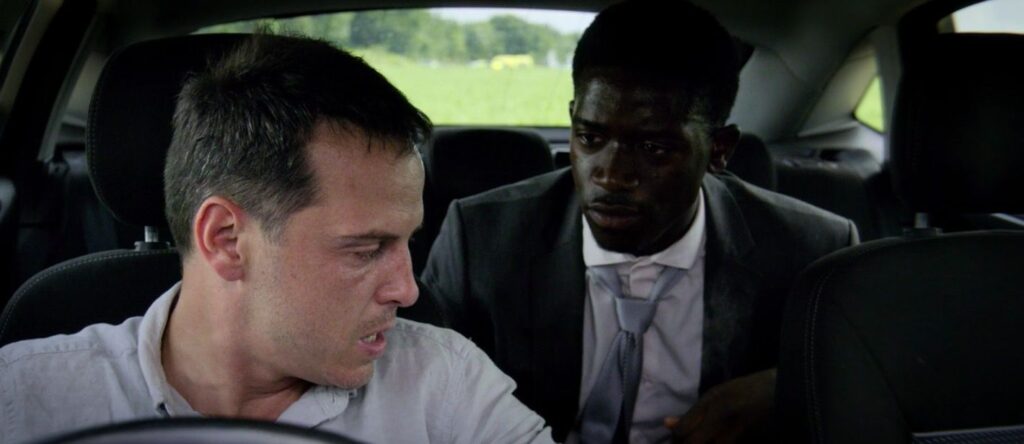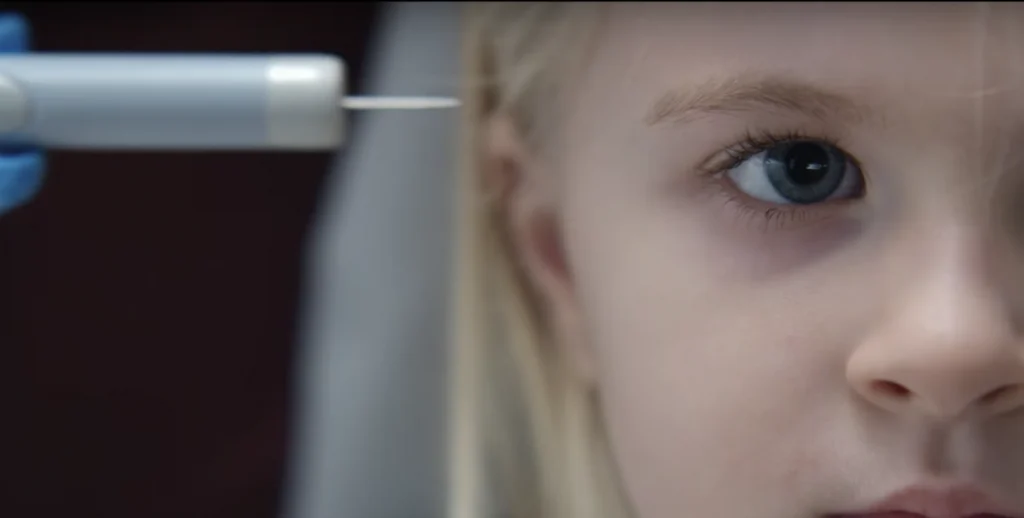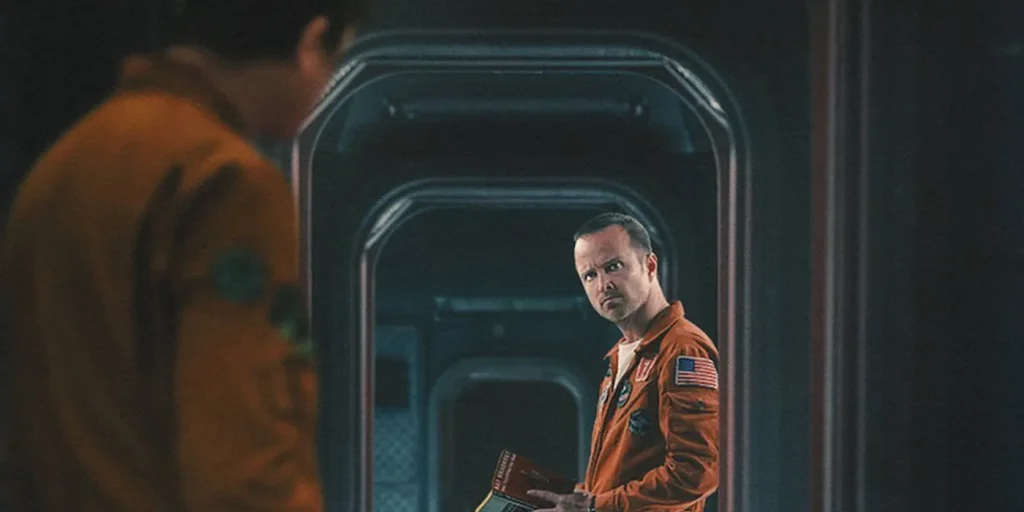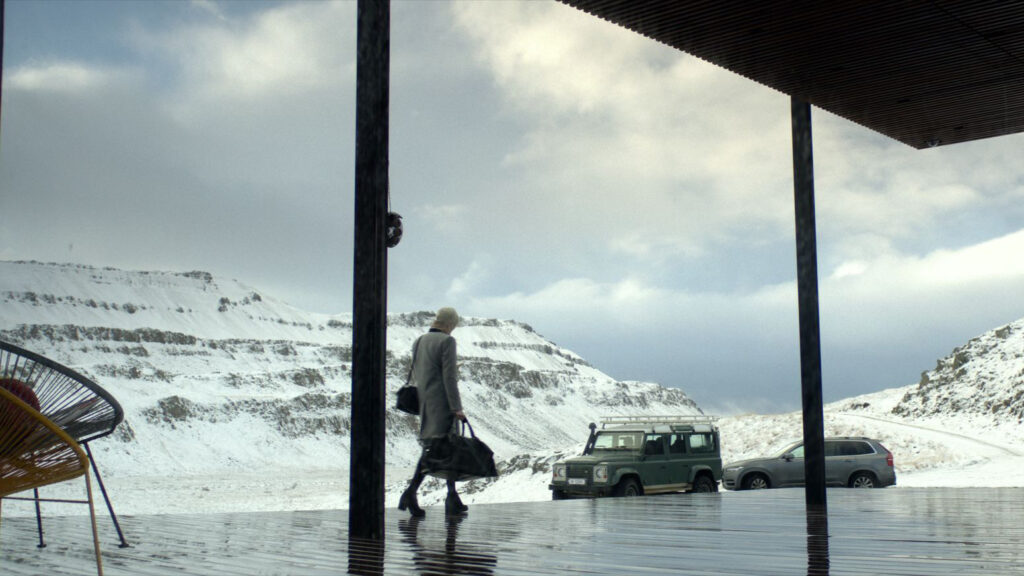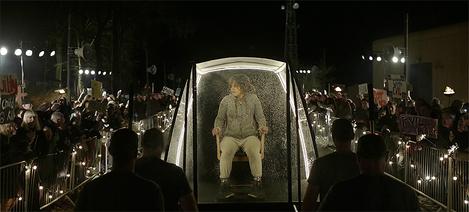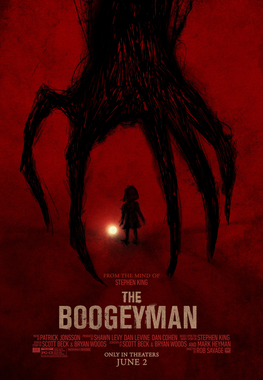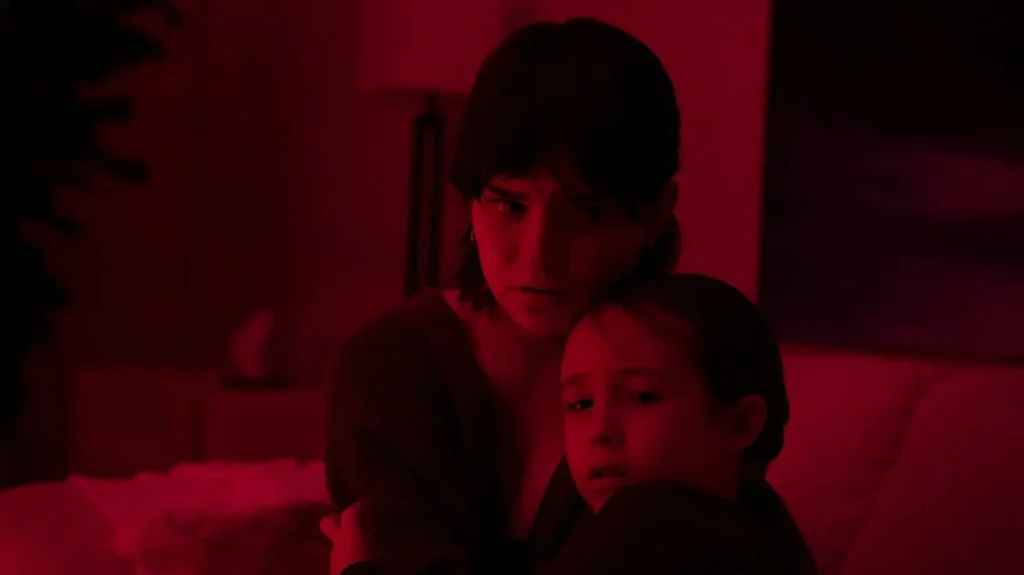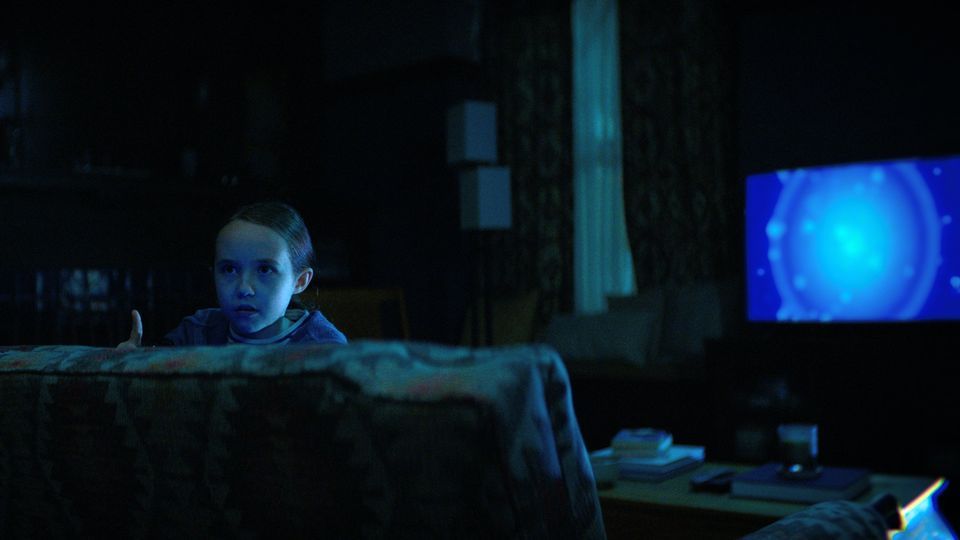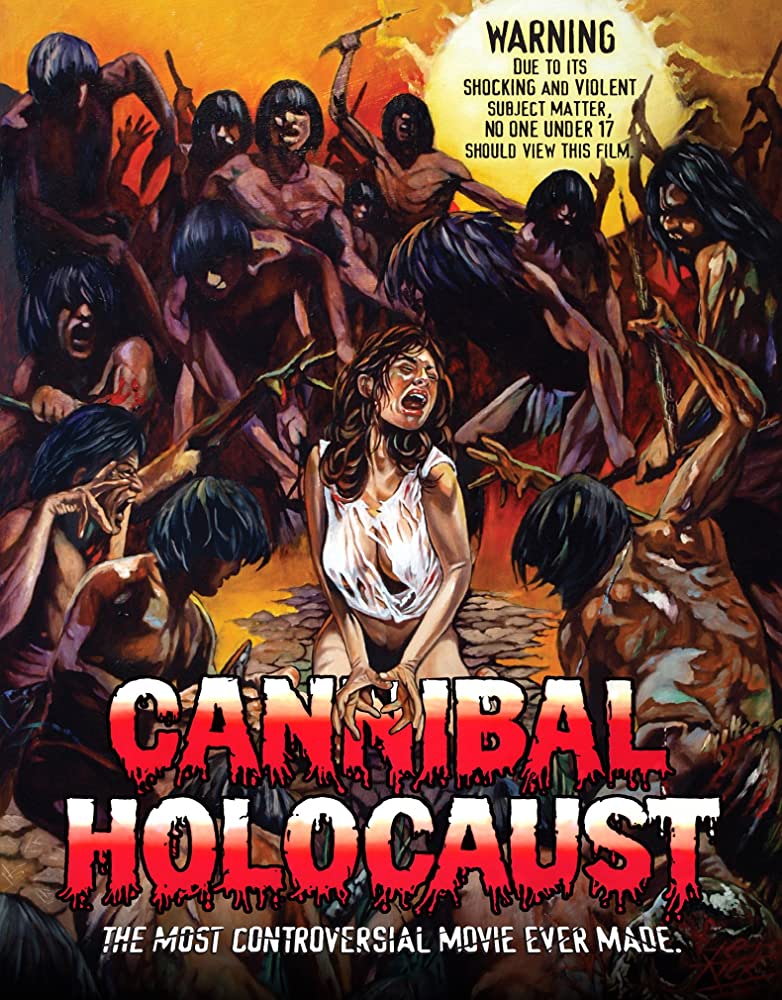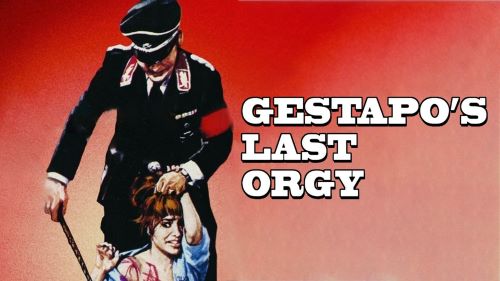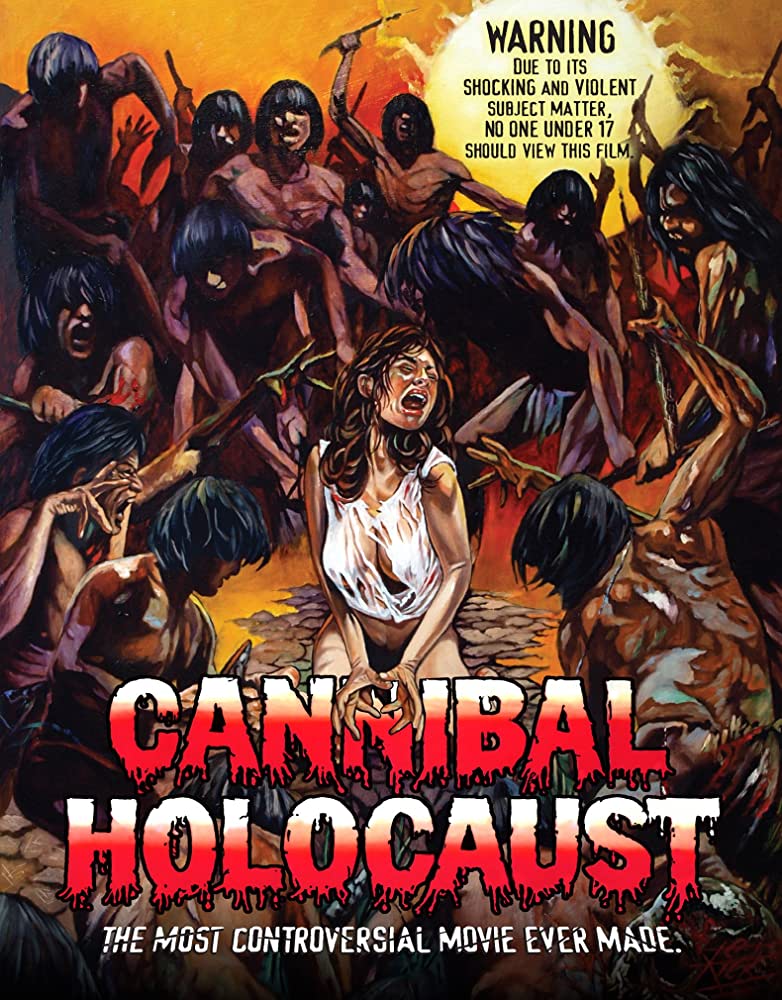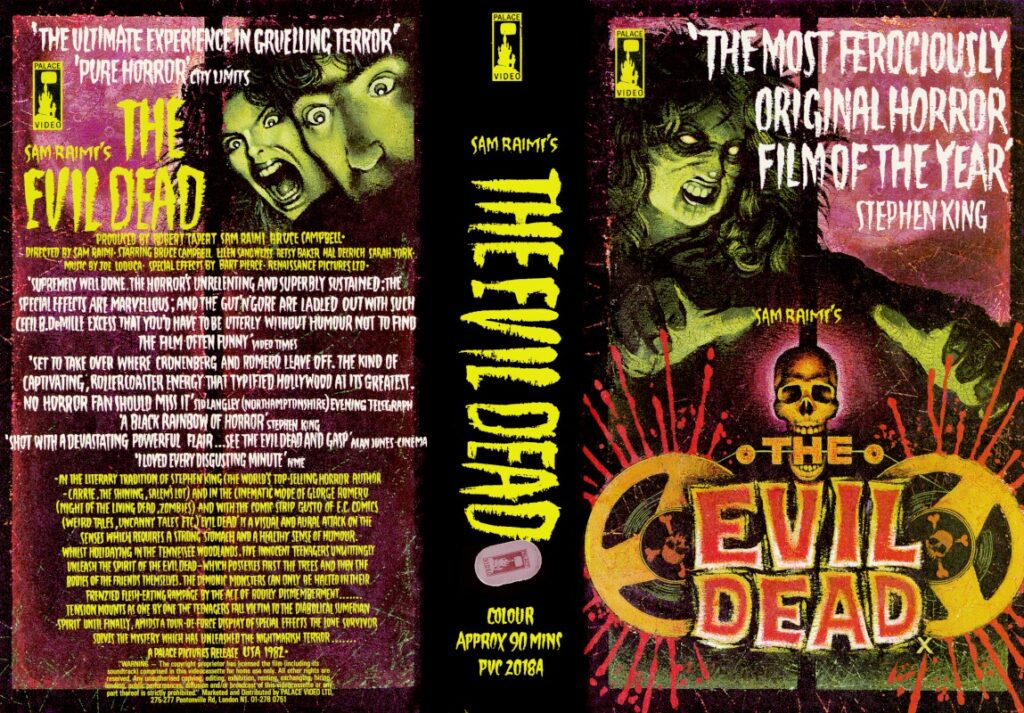
The video nasties captured an era in horror that is known for its splatters, slashers and slayings, with nearly every film being truly disturbing and graphic. As time has moved on and cinema has become increasingly expressive, an endless amount of explicit films have entered the market. Many contemporary horror films would not have just made the video nasties list, they would have caused complete civil uproar.
In ode to this, here is Dead Northern’s official guide on post-2000s movies that would’ve definitly made the video nasties list.
1- The August Underground Trilogy (Fred Vogel, 2003-2007)
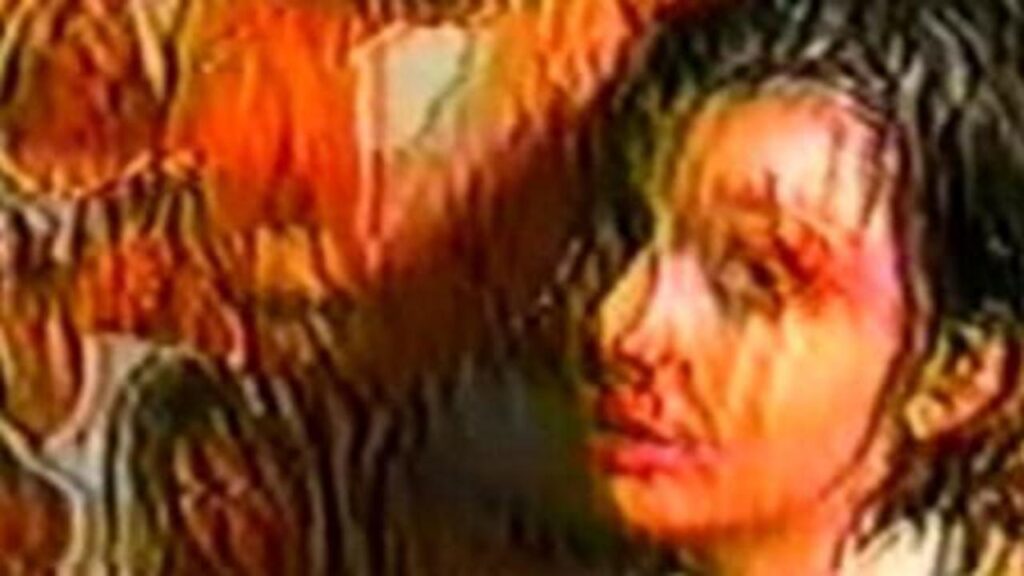
Whilst this is not a singular film, it would be criminal not to include all three entries from the infamous August Underground Trilogy on this list. The Fred Vogel and Allen Peters created series exudes its ghastly energy primarily due to its firsthand perspective, posing as found footage that dares to show every crevice, slash, and deadly deed using a point-of-view angle. If the personalised feel of the film is not enough to turn viewers’ stomachs, then the heaps of incredibly vicious violence are bound to do the trick.
2- Atroz (Lex Ortega, 2015)
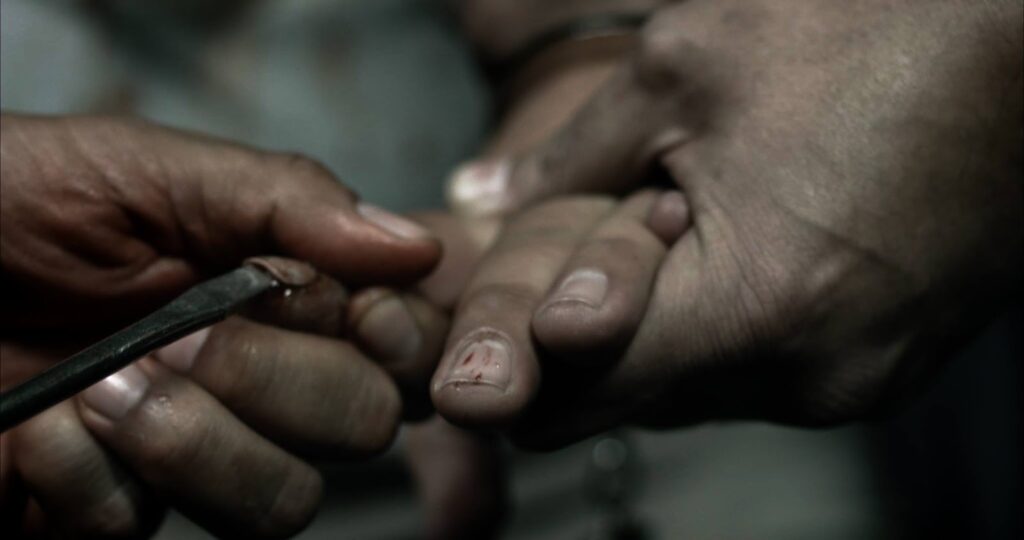
Similar to August Underground is Atroz, a semi-mondo film that explores the dark depths of humanity and the will to create absolute destruction. The film speaks for itself; every scene is atrociously outrageous, but one particular moment truly bites the bullet and takes the film from hardcore to pure extremity. As those steel-nerved viewers will know, Atroz’s utilisation of barbed wire and a handheld camera makes for one of the most unsettling experiences ever to taint the screen.
3- Irréversible (Gaspar Noé, 2002)

Gaspar Noé is known for being a provocative auteur, with each of his films startling, riveting, and stirring the audiences in ways they never thought possible. His incredibly dark films include I Stand Alone (1998), Climax (2018) and, most importantly, Irréversible. The most notorious scene from the film must be the immensely cruel tunnel ordeal that shows one of the worst crimes possible in an unforgiving manner. However, an aspect of Irréversible that gets commonly overlooked is the revenge sequences showcasing the impressive talents of Vincent Cassell and Albert Dupontel.
4- A Serbian Film (Srdjan Spasojevic, 2010)
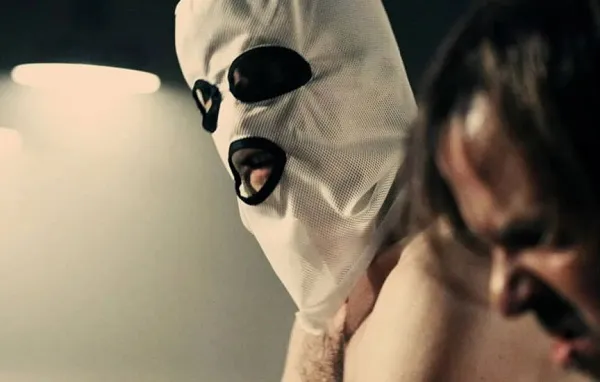
In the confines of mainstream cinema, A Serbian Film has become somewhat of a curse word that, when uttered, instigates a slew of harsh comments and side-eyes from offended spectators. A Serbian Film’s strikingly disturbed subject matters often overshine the remarkable cinematography and performances within the film. Each visually captivating scene is made even better by Srđan Spasojević’s portrayal of Miloš, an exotic actor pushed to the brink of insanity.
5- Inside (Alexandre Bustillo and Julien Maury, 2007)

The Christmas movie market is donned by classics such as It’s a Wonderful Life (1946), the heartwarming Love Actually (2003), or the gut-wrenchingly bloody tale of a Christmas Eve Home Invasion flick… The Alexandre Bustillo and Julien Maury directed horror belongs to the marvellous string of French cinema known as ‘New French Extremity’, with each subgenre entry being utterly barbaric and definitely worth watching. Inside takes one of the most vulnerable subjects, pregnancy, and creates a blood-soaked thrill ride that promises some mental scarring after viewing.
6- Dream Home (Ho-Cheung Pang, 2010)
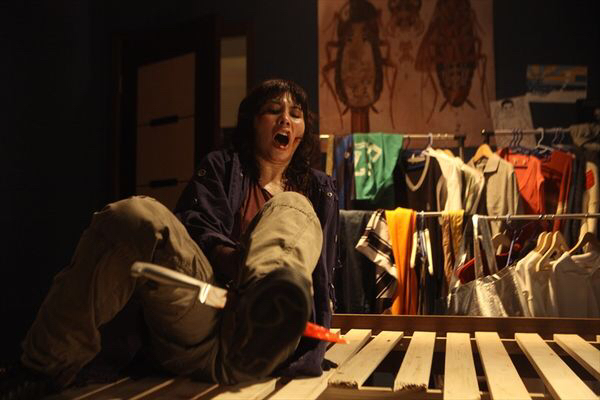
Dream Home’s chaotically violent content is a cut above the rest. Every kill scene is steeped with such creative ferocity that it’s nearly impossible to forget the ruthless acts, particularly a segment involving an unorthodox use of a vacuum cleaner. Seconding the film’s impressive visuals is the equally saddening backstory that documents the severity of the housing crisis, poverty, and healthcare.
7- Antichrist (Lars von Trier, 2009)
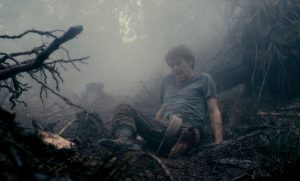
Like Gaspar Noé, Lars von Trier is a brilliant director with a keen eye for abominable terror. Out of his countless portrayals of the gritty side of humanity, the most callous and beyond entertaining film is Antichrist. The movie is not necessarily extreme, but the final act introduces visuals that would have placed Antichrist straight on the nasties list!
8- Dard Divorce (Olaf Ittenbach, 2007)

Olaf Ittenbach’s Dard Divorce takes the phrase ‘not for the faint-hearted’ to the extreme, with Ittenbach’s no holds barred approach resulting in some of horror’s most intense imagery. Dard Divorce will leave you quivering in disgust but still craving more.
9- Visitor Q (Takashi Miike, 2001)
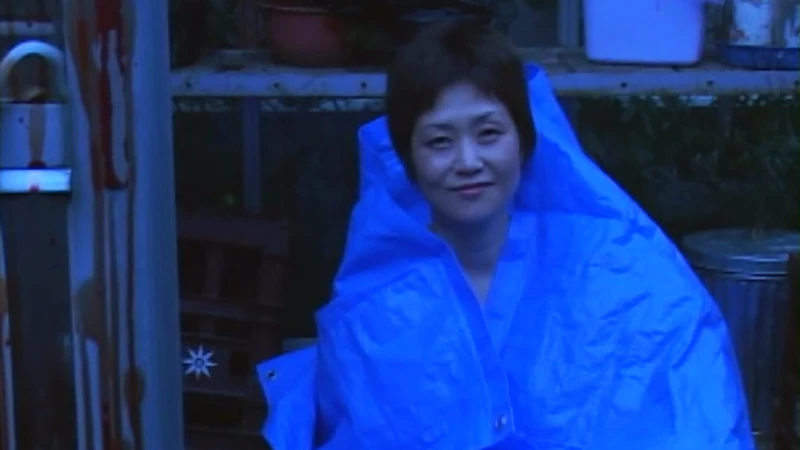
Visitor Q is just one example of acclaimed director Takashi Miike’s incredibly sordid work, with the likes of Audition (1999), Ichi the Killer (2001), Gozu (2003) and Lesson of the Evil (2012) all defining his signature style of depraved cinema. Visitor Q is quite the extraordinary ride into the land of taboo, with nearly every controversial subject matter appearing very detailed throughout the film, whether that’s incest, coprophilia, necrophilia, domestic violence and sodomization.
10- Thanatomorphose (Éric Falardeau, 2012)
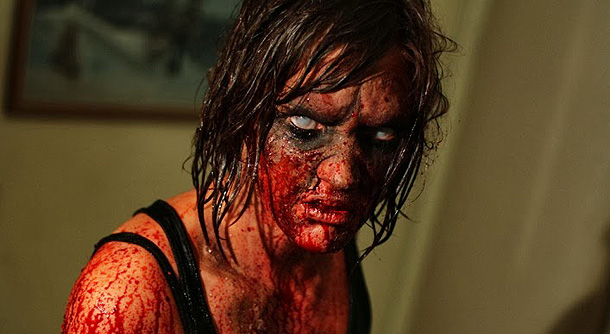
Thanatomorphose is astonishingly morbid, repulsive, and somehow impossible not to be fascinated by. The film takes body horror to heights that have never been previously explored in such a graphic way, taking inspiration from The Fly (1986) and Cabin Fever (2002) to portray a metamorphosis journey that shocks and disgusts from beginning to end.
11- Baskin (Can Evrenol, 2015)

What begins as an investigative horror following a group of police officers on a strange call ends up in complete shambles as the film takes violent surrealism to radical extremes. Cult practises and dwindling mentalities, followed by eye gouging, disembowelments, and slit throats, all take centre stage in the criminally underrated Turkish extravaganza.
12- Snuff 102 (Mariano Peralta, 2007)
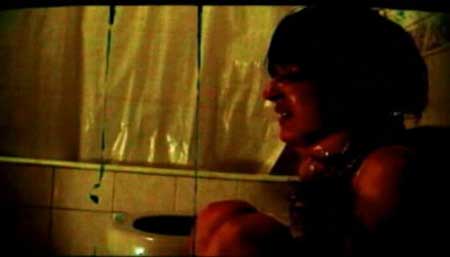
Mariano Peralta’s terribly callous exploration into ‘real’ death would have surpassed the woes of the video nasty list and resulted in utter pandemonium across the media thanks to Snuff 102’s unnerving study into rebellious filmmaking. No act of violence is left to the imagination as the viewer is subjected to copious displays of evil, horrid, and maniacal acts that many will argue should never be witnessed, simulated or not.
13- The Human Centipede 2 (The Full Sequence) (Tom Six, 2011)
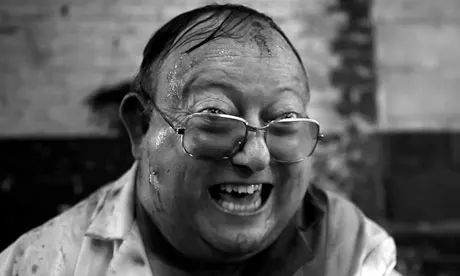
There was not a corner of the internet where Tom Six’s The Human Centipede (2009) was not the hot topic of discussion, with his on-screen visions of humanised insects capturing the intrigue of millions. However, out of the Centipede trilogy, the entry that takes horror to the extreme is the highly underrated sequel. Everything from the black and white colour grading to the devilishly dark performance by Laurence R. Harvey makes The Human Centipede 2 the modern horror classic that it is.
14- Terrifier 2 (Damien Leone, 2022)
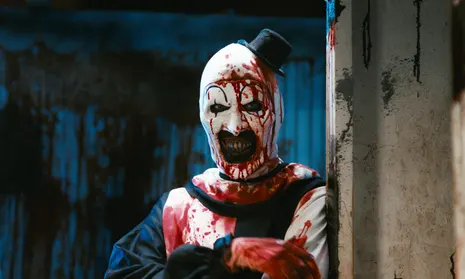
Continuing down the path of gnarly sequels is Damien Leone’s continuation of Art the Clown’s (David Howard Thornton) wicked antics, which exhibit a rich display of glorious practical effects. The film is an exercise in exploitation, with nearly every scene caked in viscera, flesh, and more blood than the video’s nasty list has ever seen.
15- The Sadness (Rob Jabbaz, 2021)
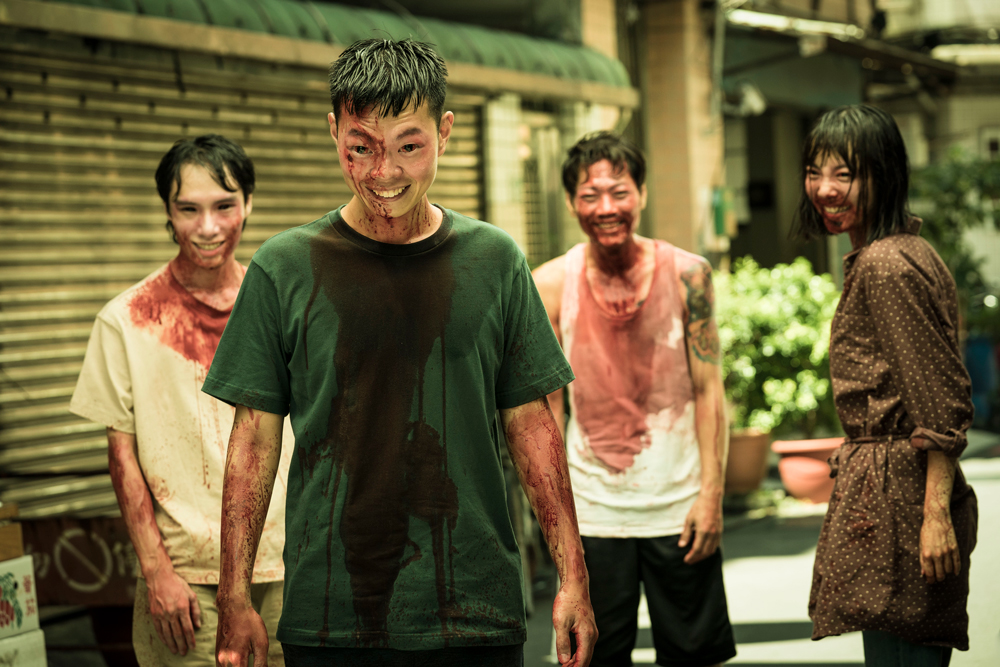
The Sadness is by no means the most extreme film on this list. Yet, it most definitely stands for everything that the video nasties advocated against – the film literally is an exploration into a zombie-like virus where the primary symptom is an uptake in sadism.
16- Scrapbook (Eric Stanze, 2000)
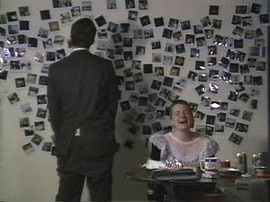
Scrapbook takes some of the worst subjects matters one could ever conjure and exploits them in the most viscerally extreme ways, resulting in the graphic images being burned into the viewer’s psyche. Eric Stanze’s cruel dive into assault was required to make over 15 minutes of cuts in order just to receive an 18 rating.
17- Septic (Brian Paulin, 2022)

Brian Paulin’s depraved, disturbed, and distressing Septic is the newest and one of the most immoral entries on this list. Septic takes ‘goresploitation’ to the extreme, with every crime imaginable unravelling onscreen without limitations.
18- The Act of Killing (Joshua Oppenheimer, 2012)
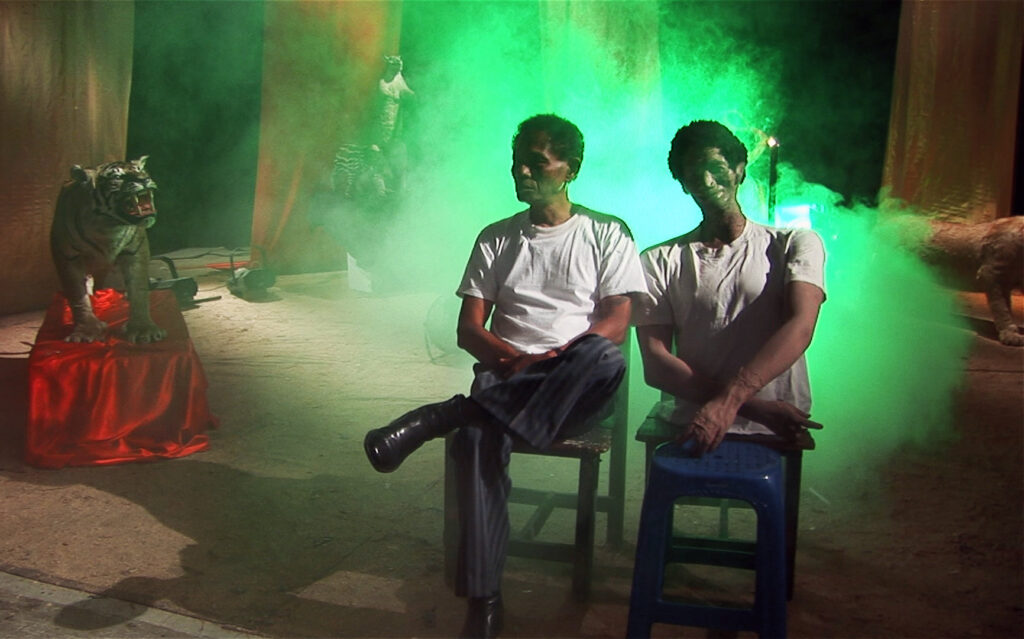
The only documentary on this list is the not to be missed Act of Killing, an invasive telling of real-life crimes that took place during ‘The Indonesian Mass Killings 1965-1966’. Joshua Oppenheimer takes advantage of interviewing the perpetrators of these crimes as they openly and, at times, gleefully recall their abhorrent acts in graphic detail.
19- Capture Kill Release (Nick McAnulty and Brian Allan Stewart, 2016)

Many of the list’s entries include faux snuff films and found footage frights, yet few reach the levels that Capture Kill Release does. the film is brutally realistic and heinous in its approach to the obsession with true crime.
20- Stoic (Uwe Boll, 2009)
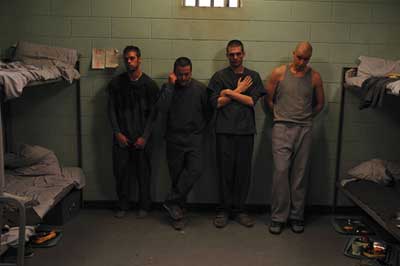
Stoic differs on this list due to its heavy ties to the arthouse drama genre rather than gory splatters or found footage films; however, do not let its labelling fool you, Stoic is a Uwe Boll film through and through – a nihilistic, abominable descent into the evilest deeds imaginable.
21- Dumplings (Fruit Chan, 2004)

A controversial film indeed is Dumplings, which originated as a segment in the Chinese anthology film, Three…Extremes. The trials and tribulations of this Fruit Chan directed feature are best left to the imagination, but be warned, you may never look at a dumpling the same way again…
22– Martyrs (Pascal Laugier, 2008)

Despite its harsh take on the moralities and questions of life and the great beyond, Martyrs has become horror royalty, with many viewers praising its effectiveness. The film explores both the fruitfulness and pointlessness of human life and whether or not ultimate sacrifice is genuinely achievable.
23- X (Ti West, 2022)
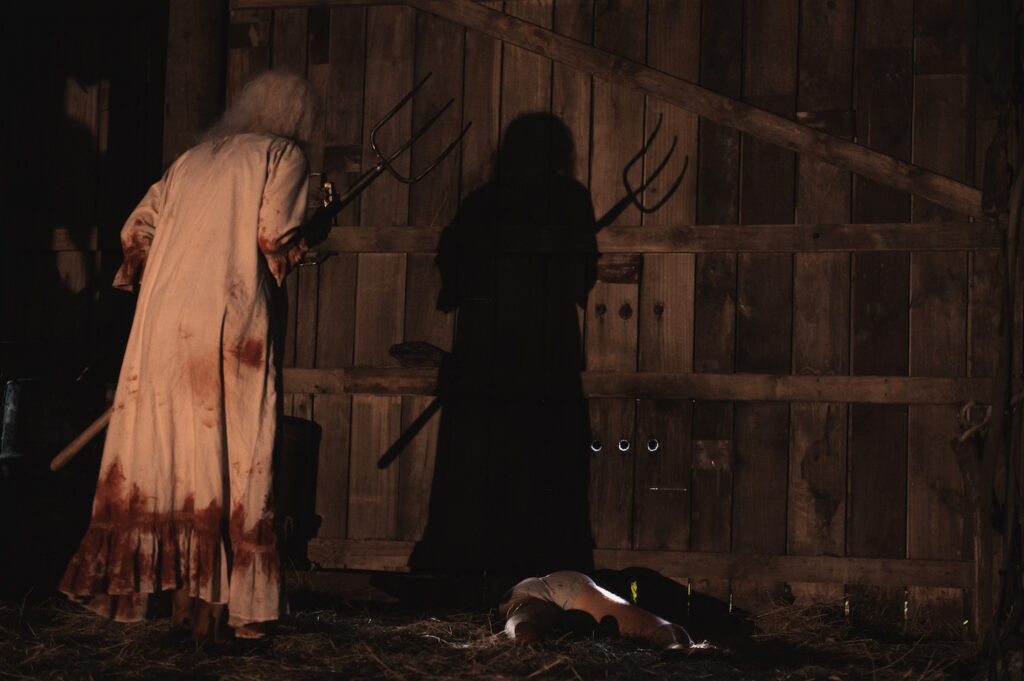
Ti West’s triumphant return to the horror genre had an incredibly warm reception, with fans counting X as a modern horror must-see. X may be slightly tame in the grand scheme of current releases. Still, the film’s displays of the adult entertainment industry against the backdrop of murderous mayhem would have certainly had the video nasty campaigners in hysterics.
24- Philosophy of a Knife (Andrey Iskanov, 2008)

The Philosophy of a Knife takes inspiration from similar films such as Man Behind the Sun to expose the horrors of war and the absolutely inhumane crimes committed within history. Certainly not for the faint-hearted or easily squeamish is a film that will forever go down in history as a monstrous expose.
25- Where the Dead Go To Die (Jimmy ScreamerClauz, 2012)
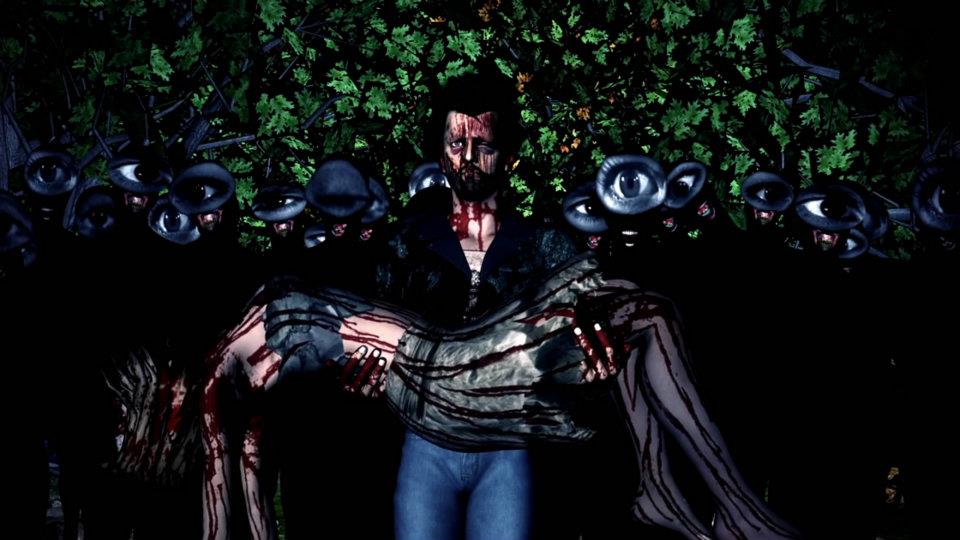
It is extremely rare to find a film that confuses and startles as much as Where the Dead Go to Die, with every scene making the worlds of Silent Hill or Tetsuo seem totally logical. This animated extreme can only be described as an acid trip into the most bizarre situation anyone could ever fathom.
26- The Strange Thing About the Johnsons (Ari Aster, 2011)
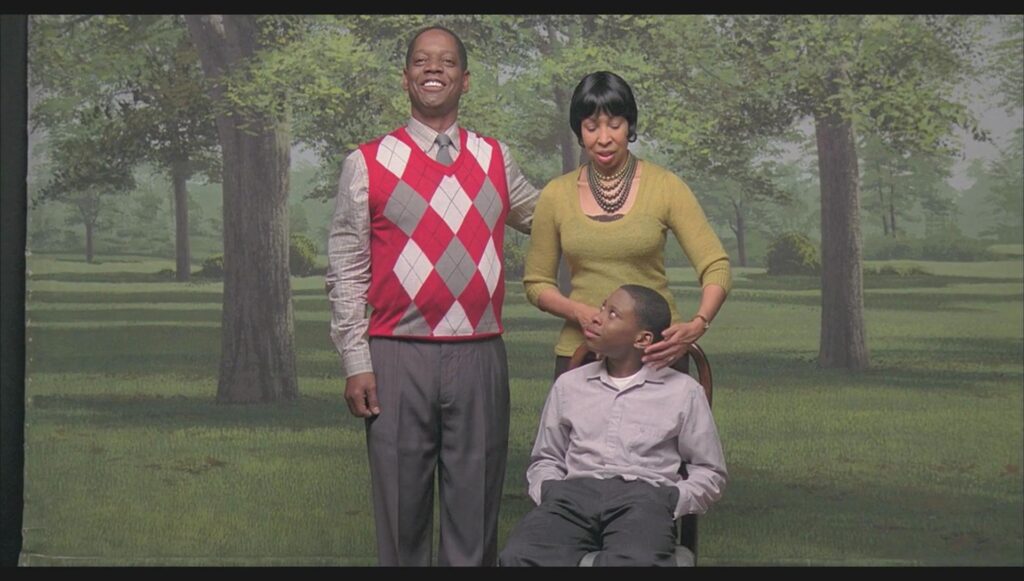
The only short film on this list is a stunningly macabre piece of work from Hereditary and Midsommar director Ari Aster. Upon first glance, this short may seem like a typical suburban thriller where seedy secrets lie beneath the quaint underbelly, but, the scandal in this case, is so gutwrenchingly unholy that it makes Hereditary’s synopsis seem like a fantasy.
27- Grotesque (Kōji Shiraishi, 2009)
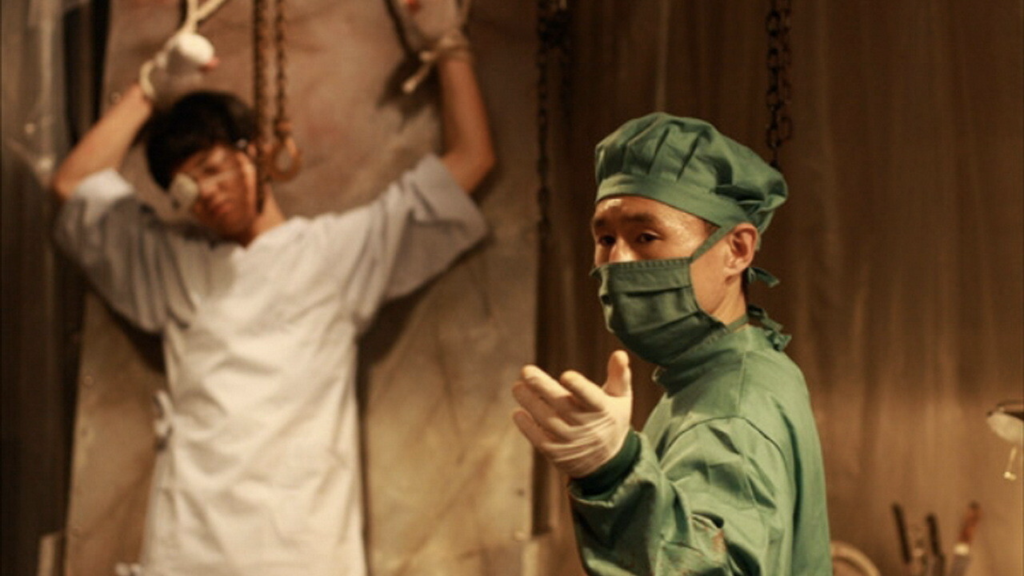
Grotesque has still not legally seen the light of day in the UK, with the film being outright banned by the BBFC due to it being a sheer exercise in sadism, void of any redeeming emotion. Whilst hardcore genre fans will argue that the film offers an allegory, Grotesque really is nothing but a gnarly, twisted whale of a time from start to finish.
28- The Bunny Game (Adam Rehmeier, 2011)
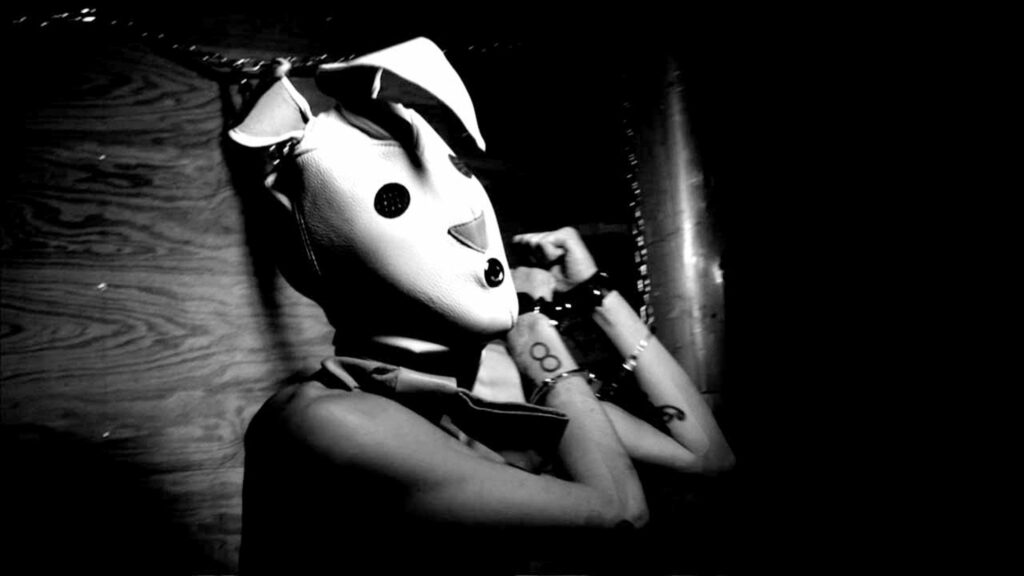
The Bunny Game suffers a similar fate to Grotesuqe with the British censorship board banning its release, this time as a result of the film having the potential to cause serious harm, which, upon watching the film, can be fairly estimated, with every inch of the screen showcasing torturous assaultive exploits in full glory.
29- Long Pigs (Nathan Hynes and Chris Power, 2007)

In a similar fashion to films such as Man Bites Dog and The Last Horror Movie, Long Pigs is a mockumentary revelling in the ‘humanity’ of serial killers and the easy-going explanations of their horrendous deeds. Where Long Pigs differs from this typical style of filmmaking is within its beyond rudimental approach to subjects such as cannibalism which take place eerily naturally on screen thanks to the documentary methodology.
30- Melancholie der Engel (Marian Dora, 2009)

Marian Dora is a filmmaker whose work such as Cannibal and Melancholie der Engel, take already graphic exploits and presents them in such a way that nightmares are almost always guranteed after watching. The film does not know where to draw the line as nearly every crime known to man is displayed in an unbearably realistic fashion where simulated or not, you will be pondering whether what you’ve witnessed is legal!
Want more top horror lists and reviews? Check out our blog here..

